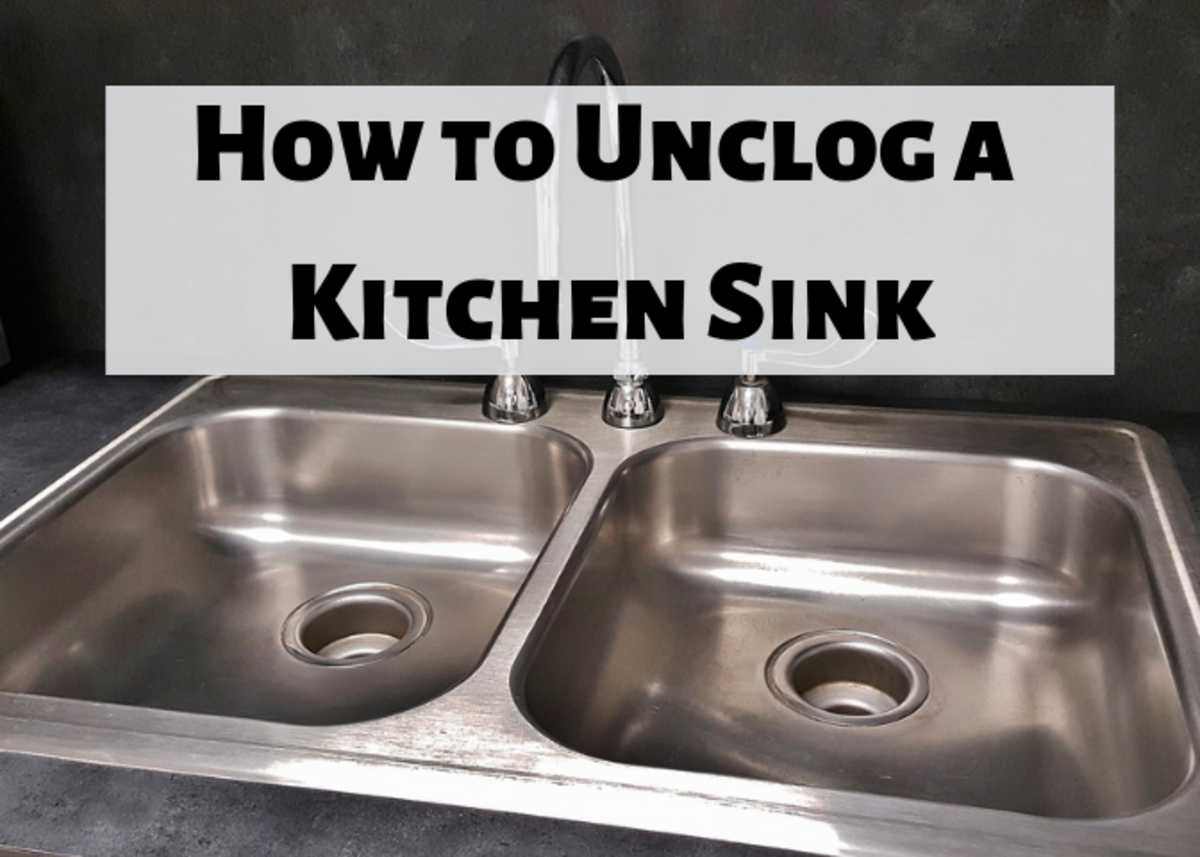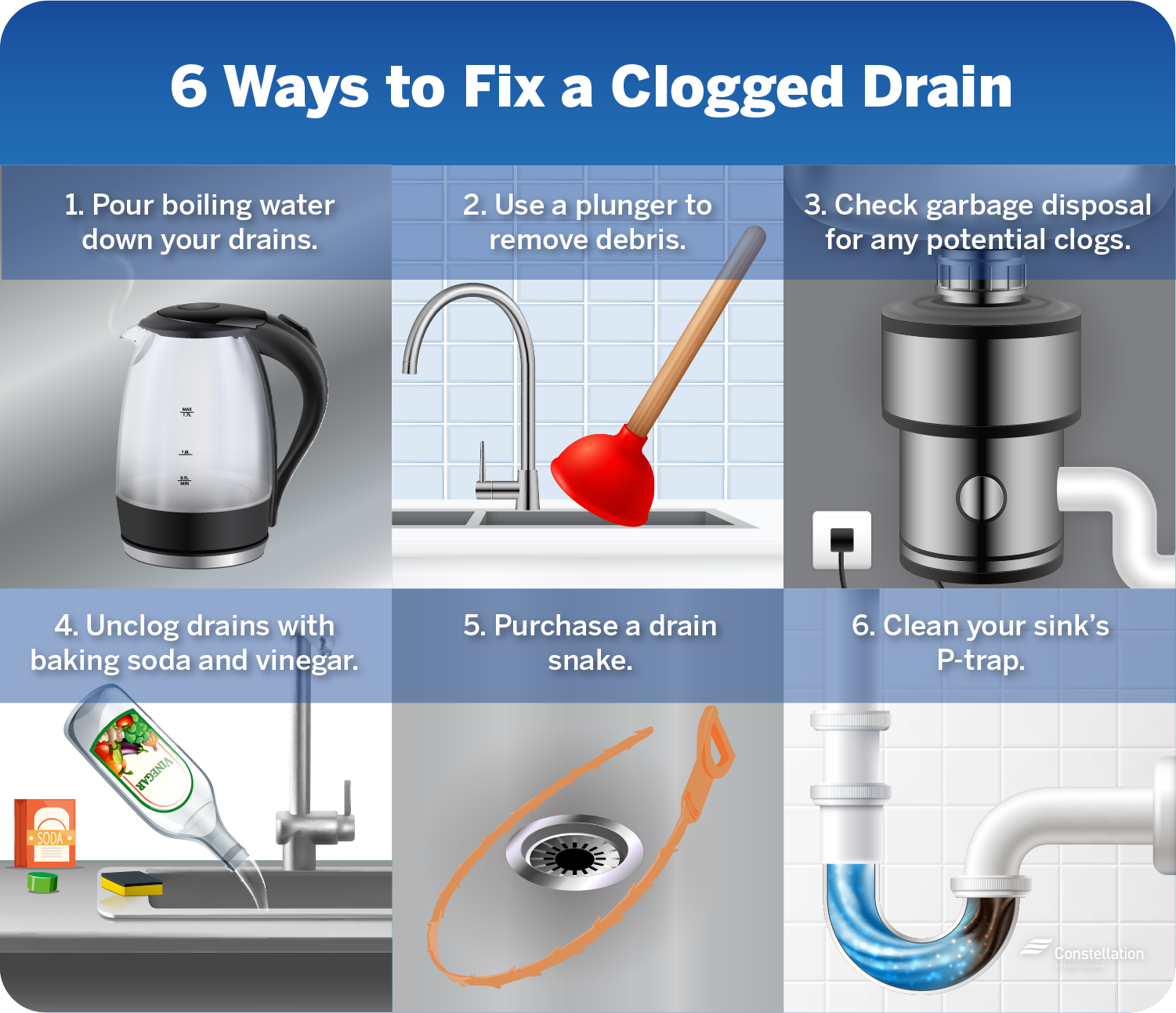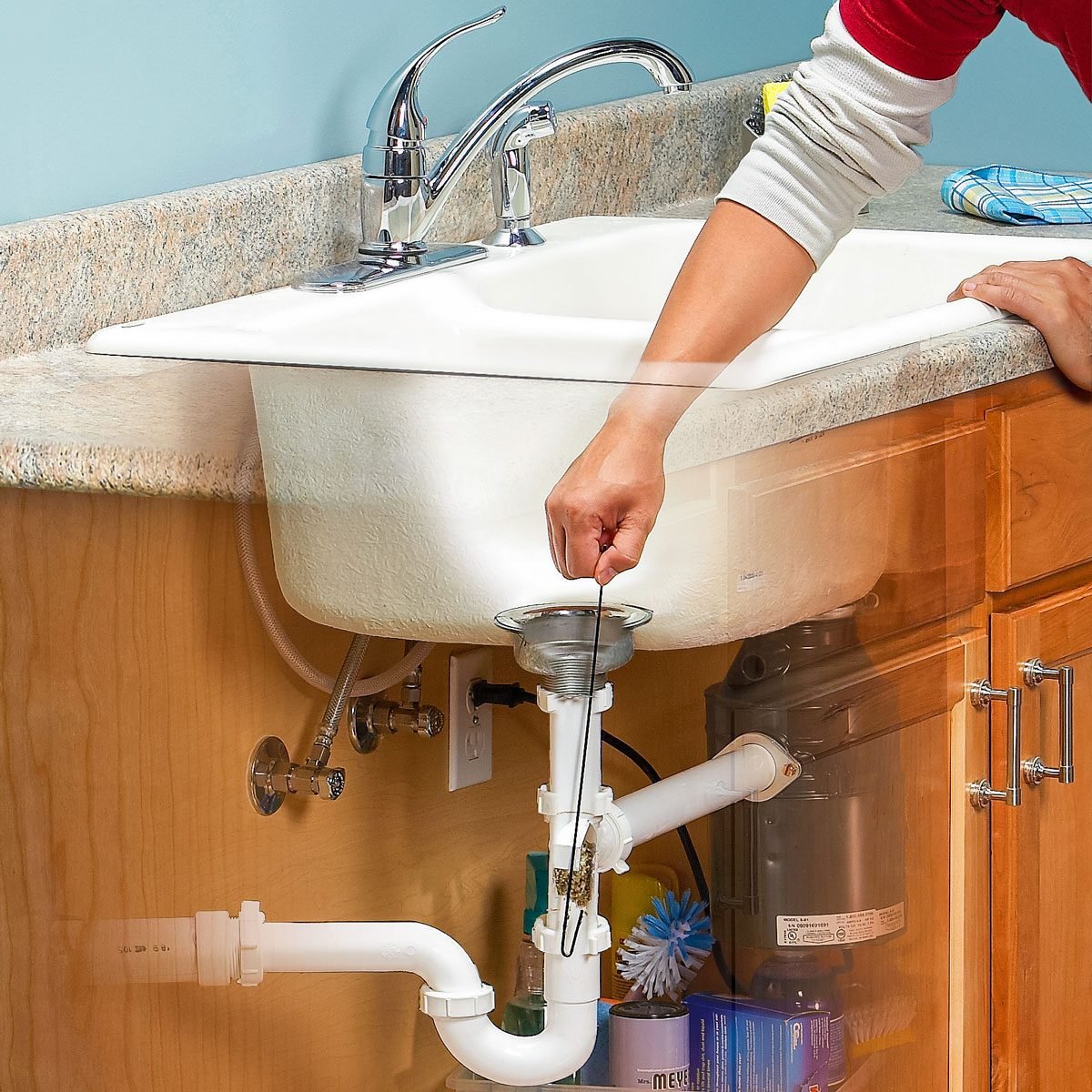Dealing with a clogged kitchen sink can be a real hassle, disrupting your daily routine and making meal prep a chore. Whether it's leftover food particles, grease buildup, or even stubborn soap scum, a blocked drain can quickly become a frustrating issue. The good news is that you don’t need to call a plumber or spend a fortune on expensive drain cleaners to solve the problem.
With some simple household items and a bit of elbow grease, you can tackle the issue yourself. From using boiling water to creating a natural cleaning solution with baking soda and vinegar, there are plenty of effective methods to unclog your sink without much hassle. Let’s explore how you can get your kitchen sink flowing smoothly again.
Before we jump into the solutions, it's important to note that prevention is key. Regularly cleaning your drains and avoiding pouring grease down the sink can save you a lot of trouble in the long run. So, if you’re already facing a clogged sink, don’t worry—there’s a solution for that too. Here’s everything you need to know about unclogging your kitchen sink.
Table of Contents
- What is the Best Way to Unclog a Kitchen Sink?
- Can a Plunger Really Unclog a Sink?
- Does Boiling Water Help Unclog Drains?
- Is Baking Soda and Vinegar Effective for Unclogging?
- What Tools Can Help Unclog a Kitchen Sink?
- How Can You Prevent Kitchen Sink Clogs?
- What Are the Steps to Unclog a Kitchen Sink?
- What Have We Learned About Unclogging a Kitchen Sink?
What is the Best Way to Unclog a Kitchen Sink?
When it comes to unclogging a kitchen sink, one of the simplest methods involves using a sink plunger. Unlike toilet plungers, sink plungers come with a short handle and a shallow rubber cup that fits perfectly over the flat surface of your sink drain. This creates a seal that helps push the clog out with pressure. Simply fill the sink with a bit of water to cover the plunger cup, place the plunger over the drain, and pump it up and down a few times. If you have a double sink, don’t forget to cover the other drain to create full suction.
Of course, plunging might not always work, especially if the clog is deep or stubborn. In such cases, you might need to try other methods, like using boiling water, baking soda and vinegar, or even plumbing tools like an auger. The trick is to experiment with different techniques until you find what works best for your specific situation. It’s also helpful to have a bucket, cloths, and a sponge nearby to clean up any mess along the way.
Can a Plunger Really Unclog a Sink?
A plunger might seem like a simple tool, but it’s surprisingly effective for many sink clogs. The key is in the pressure it generates. By creating suction, it can dislodge blockages that are relatively close to the drain opening. Just make sure the plunger you’re using is designed for sinks and not toilets. A toilet plunger has a different design that won’t work as well on a flat sink surface.
- Security Tag
- Easy Slow Cooker Chicken Recipes
- %D8%AA%DB%8C%DA%A9 %D8%AA%D8%A7%DA%A9 %D9%88%D8%A8
- Delucias Brick Oven Pizza
- The Red Clay Strays Tour
For the best results, add a little water to the sink to cover the plunger cup. This ensures a good seal and helps the plunger work more effectively. If you’ve tried plunging a few times and the clog persists, don’t worry—it might just mean the blockage is deeper than expected. In that case, you can move on to other methods, like using hot water or chemical-free solutions.
Does Boiling Water Help Unclog Drains?
Boiling water can be a great way to break up grease and food particles that are causing the blockage. The heat from the water helps melt the grease and dissolve any buildup that might be stuck in the pipes. To use this method, bring a pot of water to a boil and carefully pour it down the drain. Be cautious, though—especially if your pipes are made of plastic, as boiling water can sometimes deform the material.
If boiling water alone doesn’t do the trick, you can combine it with other natural cleaning agents like baking soda and vinegar. These ingredients can create a chemical reaction that helps dissolve stubborn clogs. First, pour about a cup of baking soda down the drain, followed by a cup of white vinegar. Let the mixture fizz and bubble for a few minutes, then flush it all out with boiling water.
Is Baking Soda and Vinegar Effective for Unclogging?
Baking soda and vinegar are two common kitchen items that can be surprisingly effective at clearing clogs. The reaction between these two substances creates a foam that can help break down grease and food particles. Start by pouring about a cup of baking soda down the drain, followed by a cup of vinegar. You’ll notice the mixture starts to fizz almost immediately.
Let the fizzing action work its magic for about 10 to 15 minutes. Afterward, flush the drain with hot water to wash away any remaining residue. This method is not only affordable but also environmentally friendly, making it a great choice if you want to avoid harsh chemicals. Sometimes, it might take a few tries to fully clear the clog, but patience often pays off.
What Tools Can Help Unclog a Kitchen Sink?
If you’ve tried the simpler methods and still can’t get the clog out, it might be time to bring in the big guns—plumbing tools. One of the most common tools used for unclogging drains is a drain auger, also known as a plumbing snake. This long, flexible tool can reach deep into the pipes and physically break up or pull out the blockage.
Another option is a shop vacuum, which can sometimes suck out clogs that are near the surface. Just make sure to use a wet/dry vacuum and attach the appropriate hose to prevent water from spilling everywhere. Of course, if you’re not comfortable using these tools yourself, it might be worth calling in a professional plumber. They have the expertise and tools needed to handle even the toughest clogs.
How Can You Prevent Kitchen Sink Clogs?
Prevention is always better than cure, and this holds true for kitchen sink clogs too. One of the best ways to prevent clogs is to avoid pouring grease, oil, or fat down the drain. Instead, let these substances cool and solidify, then dispose of them in the trash. You can also use a sink strainer to catch food particles before they enter the drain.
Regular maintenance is another important step. Once a week, pour hot water down the drain to help dissolve any grease or food particles that might be starting to build up. You can also mix in a little dish soap with the hot water for extra cleaning power. By taking these simple steps, you can significantly reduce the chances of a clog forming in the first place.
What Are the Steps to Unclog a Kitchen Sink?
Unclogging a kitchen sink doesn’t have to be a difficult task. Here’s a step-by-step guide to help you get started:
- Start by trying a plunger. Make sure it’s a sink plunger, not a toilet plunger, and create a good seal over the drain.
- If plunging doesn’t work, try boiling water. Carefully pour it down the drain to help break up any grease or food particles.
- For tougher clogs, mix baking soda and vinegar. Let the mixture fizz for a few minutes, then flush with hot water.
- If the clog persists, consider using a drain auger or shop vacuum to physically remove the blockage.
- Finally, if all else fails, don’t hesitate to call a professional plumber.
What Have We Learned About Unclogging a Kitchen Sink?
Unclogging a kitchen sink doesn’t have to be a daunting task. With a few simple tools and techniques, you can clear most clogs without needing to call a plumber. Start with a plunger, then move on to boiling water or baking soda and vinegar if the clog persists. For deeper blockages, plumbing tools like a drain auger might be necessary. Remember, prevention is key—avoid pouring grease down the drain and use a sink strainer to catch food particles. By following these tips, you can keep your kitchen sink running smoothly and avoid future headaches.



Detail Author:
- Name : Mattie Homenick
- Username : gboehm
- Email : lowe.owen@yahoo.com
- Birthdate : 1980-01-12
- Address : 46730 Rippin Alley Apt. 215 Lake Ikeburgh, IL 89777
- Phone : (337) 757-3880
- Company : Goldner PLC
- Job : Aircraft Assembler
- Bio : Aliquam aliquam laudantium quaerat itaque. Cupiditate qui eos velit cupiditate. Exercitationem vel eum illo et.
Socials
tiktok:
- url : https://tiktok.com/@lzemlak
- username : lzemlak
- bio : Ut alias doloribus distinctio aut recusandae et.
- followers : 4334
- following : 1354
instagram:
- url : https://instagram.com/lzemlak
- username : lzemlak
- bio : Officia et vero voluptatem est. Omnis itaque ratione debitis sit quisquam eum illo voluptatibus.
- followers : 1361
- following : 963
facebook:
- url : https://facebook.com/zemlak1989
- username : zemlak1989
- bio : Sit eum tempore perspiciatis laudantium ut earum.
- followers : 2420
- following : 2602
twitter:
- url : https://twitter.com/zemlakl
- username : zemlakl
- bio : Explicabo est deleniti quia. Quae dolorum eum quo optio voluptatem. Eligendi numquam veniam sunt repellendus vitae incidunt eos.
- followers : 4954
- following : 1207